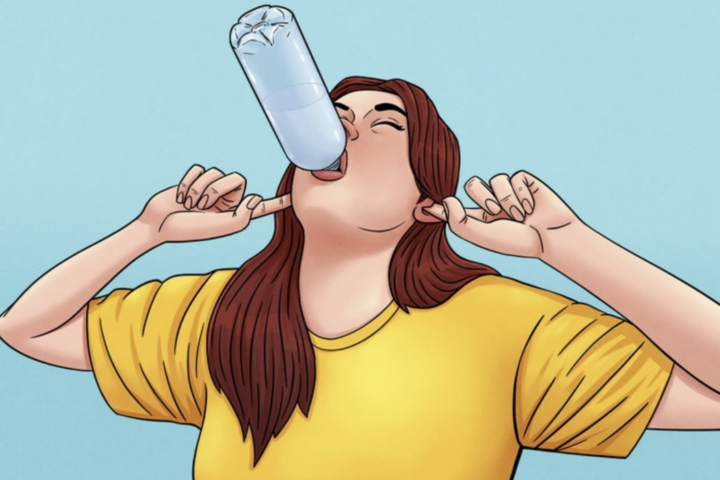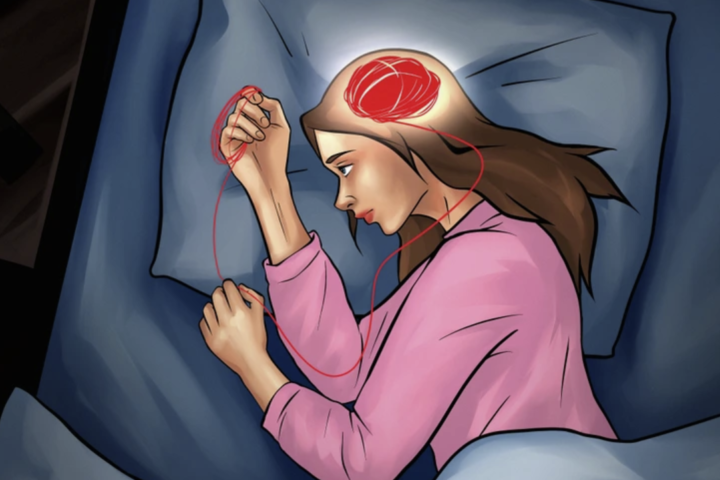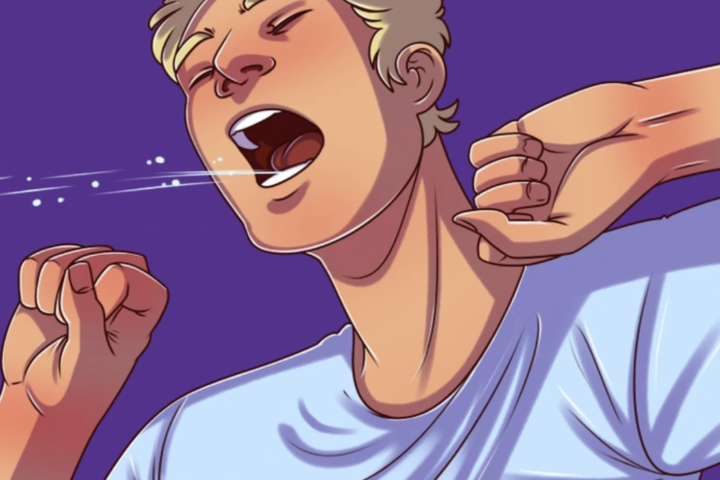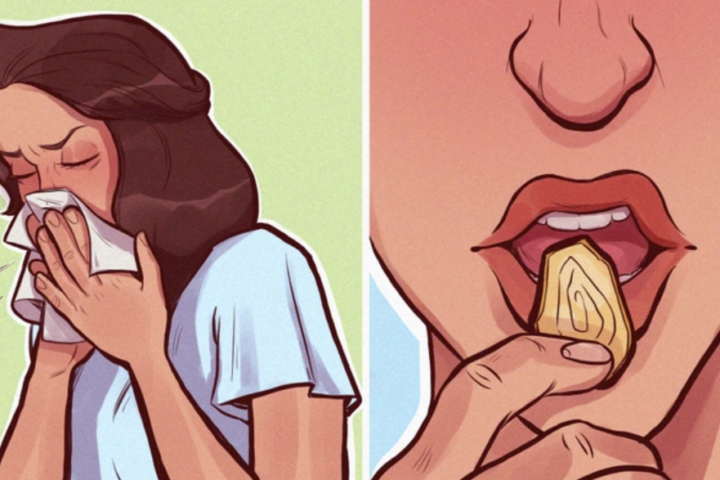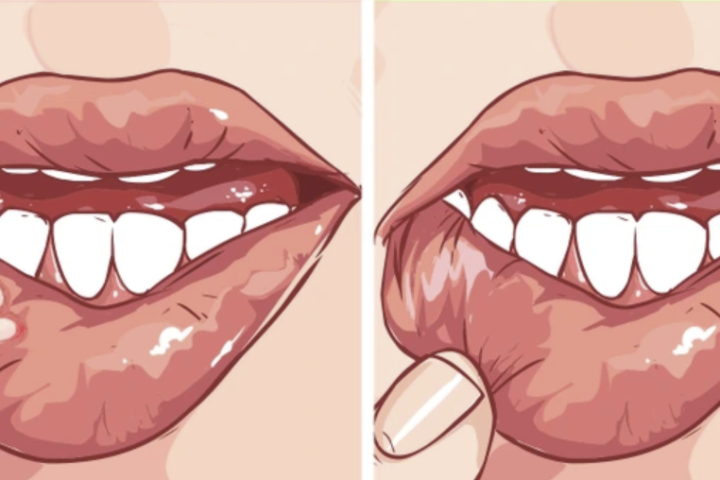Reflexes and response speed are critical elements in many physical and mental activities. Whether it is playing sports, driving, or making decisions, having quick reflexes and response times can make a significant difference in achieving success. The good news is that these skills can be improved with practice and training. Here are various tips to improve reflexes and response speed.
1. Exercise
Physical exercise is a great way to improve reflexes and response speed. It helps to increase muscle strength, endurance, and flexibility, all of which are essential for fast reactions. Exercise also improves blood circulation, which supplies oxygen and nutrients to the brain, enhancing cognitive function.
To improve reflexes and response speed, focus on exercises that require quick movements and fast reaction times. Activities such as boxing, martial arts, and high-intensity interval training (HIIT) are great examples of exercises that can improve reflexes and response time. These activities require you to respond quickly to changes in the environment, making them perfect for improving these skills.
2. Play Video Games
Playing video games can be an excellent way to improve reflexes and response speed. Many video games require quick decision-making and reflexes to succeed, making them perfect for improving these skills.
Action games, in particular, are great for improving reflexes and response time. These games require players to make quick decisions and react quickly to changes in the game environment. They also require hand-eye coordination, which is an essential skill for improving reflexes.
3. Practice Mindfulness
Mindfulness is a practice that involves being fully present in the moment and focusing on the task at hand. It can be an effective way to improve reflexes and response speed because it helps to train the brain to react quickly to changes in the environment.
To practice mindfulness, start by focusing on your breath and observing your thoughts and feelings without judgment. This practice can help you become more aware of your surroundings and react quickly to changes.
4. Get Enough Sleep
Getting enough sleep is crucial for improving reflexes and response speed. Sleep helps to consolidate memories, which is essential for learning and improving skills. Lack of sleep can impair cognitive function, which can lead to slower reaction times and decreased reflexes.
To improve reflexes and response speed, aim to get at least 7-8 hours of sleep each night. If you have trouble sleeping, try practicing good sleep hygiene, such as avoiding caffeine and electronics before bed, and keeping a consistent sleep schedule.
5. Practice Reaction Time Exercises
Reaction time exercises are designed to improve reflexes and response speed. These exercises can involve simple activities such as catching a ball or more complex activities such as playing video games or using reaction time training tools.
There are many online reaction time training tools that you can use to improve your reflexes and response speed. These tools use various exercises such as visual stimulus, audio stimulus, and tactile stimulus to train your brain to react quickly to changes in the environment.
6. Stay Hydrated
Drinking enough water is essential for cognitive function and reaction time. Dehydration can impair cognitive function, which can lead to slower reflexes and response time. Drinking enough water can help to improve cognitive function and reaction time, making it an essential element in improving reflexes.
To stay hydrated, aim to drink at least eight glasses of water a day. If you are exercising or spending time in hot weather, you may need to drink more water to stay hydrated.
7. Improve Your Diet
Eating a healthy diet is essential for improving reflexes and response speed. A diet rich in fruits, vegetables, whole grains, lean protein, and healthy fats can provide the nutrients necessary for optimal cognitive function.
Avoid consuming excessive amounts of sugar and processed foods, as they can impair cognitive function and lead to slower reflexes and response time
8. Practice Coordination Exercises
Coordination exercises can help to improve reflexes and response speed by training the brain and body to work together more efficiently. These exercises can involve activities such as juggling, playing catch, or using a balance board.
Coordination exercises can improve reaction time, as they require quick adjustments and responses to changes in the environment. They also help to improve hand-eye coordination, which is essential for many physical activities.
9. Train With Resistance Bands
Resistance bands are a great tool for improving reflexes and response speed. They provide resistance that helps to strengthen muscles, increase reaction time, and improve coordination.
Training with resistance bands can help to improve reaction time, as they require quick adjustments and responses to changes in resistance. They also help to improve muscle strength and endurance, which are essential for optimal physical performance.
10. Incorporate Plyometric Exercises
Plyometric exercises are designed to improve power and explosiveness, making them an excellent way to improve reflexes and response speed. These exercises involve quick, explosive movements such as jumps, hops, and bounds.
Plyometric exercises can improve reaction time by training the body to respond quickly to changes in force and momentum. They also help to improve muscle strength and power, which are essential for optimal physical performance.
11. Practice Yoga
Yoga is a great way to improve reflexes and response speed. It can help to improve balance, coordination, and flexibility, all of which are essential for fast reactions.
Yoga can also help to improve cognitive function and reduce stress, which can lead to slower reflexes and response time. By practicing yoga regularly, you can train your body and mind to work together more efficiently, leading to faster reflexes and response time.
12. Visualize Success
Visualization is a powerful tool for improving reflexes and response speed. By visualizing success, you can train your brain to respond quickly and effectively to changes in the environment.
To practice visualization, imagine yourself successfully completing the activity you want to improve. Visualize the environment, the movements, and the outcome. By doing this regularly, you can train your brain to react quickly and effectively in real-life situations.
Bottom Line
Improving reflexes and response speed requires practice, training, and discipline. By incorporating these tips into your routine, you can improve your cognitive function, coordination, and physical performance, leading to faster reflexes and response time.
Remember to be patient, persistent, and consistent in your efforts, and you will see results over time.


